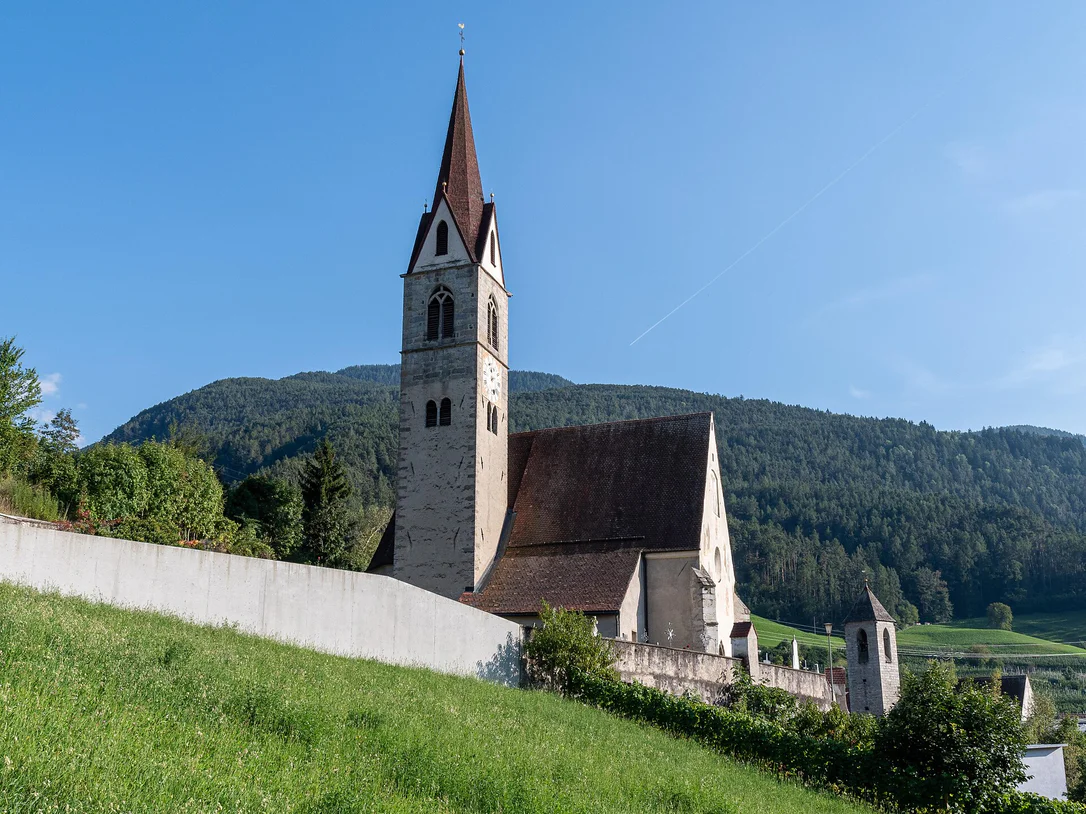The gothical building was established between 1467 and 1470 of master Jörg. From the outside on recognize the simple portal, the small pyramid-shaped ridge turret and that gothical five-eighth choir with the four windows. Inside the church you can find some informations about the building history and the artistic equipment.



























































































